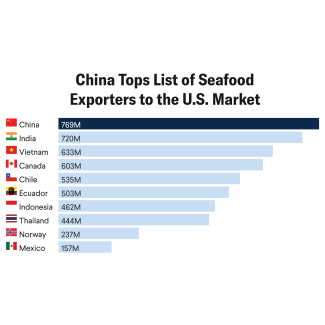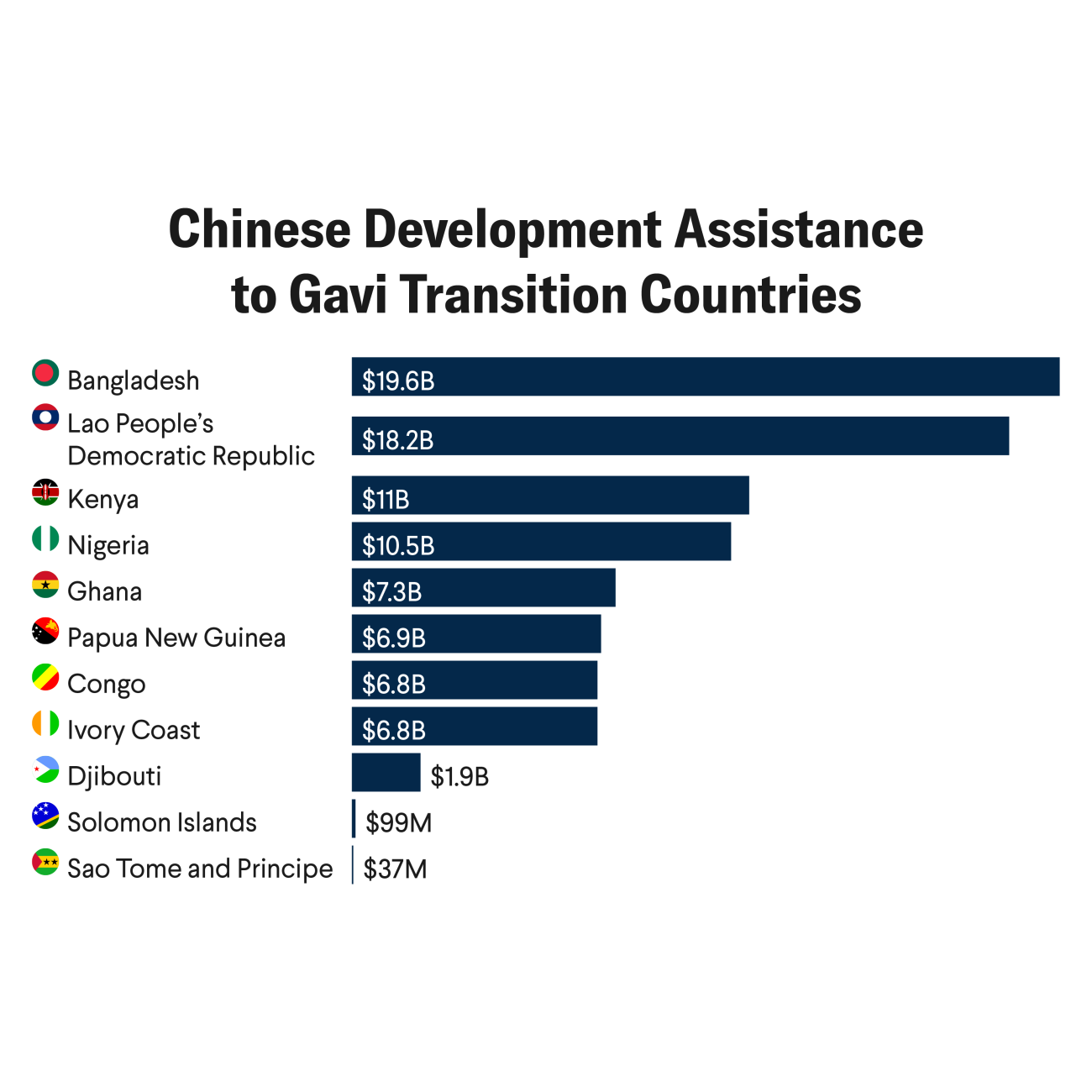In 2022, the Joe Biden administration launched the Indo-Pacific Economic Framework for Prosperity (IPEF). It seeks to deepen economic engagement among fourteen participating states through more connected, resilient, clean, and fair economies. Negotiations on agreements to advance those four objectives accelerated before the Asia-Pacific Economic Cooperation (APEC) forum met this week in San Francisco. The framework is an important part of President Biden’s strategy to counter China in the Indo-Pacific region.
The IPEF’s approach reflects changes within and among countries concerning economic engagement that affect the relationship between trade and health
The IPEF will not be a traditional trade agreement. President Biden believes that such agreements harm U.S. workers and businesses, fail to harness digital and clean energy technologies, and do not address the threats that fragile supply chains, corruption, and tax havens pose. The IPEF’s approach reflects changes within and among countries concerning economic engagement that affect the relationship between trade and health.
Post–Cold War trade agreements generated fears that economic globalization undermined national health governance by opening markets to foreign competition and protecting intellectual property (IP) rights. The IPEF does not replay these controversies because it lacks market access commitments and IP provisions. Instead, health issues arise from the ways in which the IPEF favors policy intervention over market liberalization.
Health Amid Trade System Transformations
After the Cold War, trade-and-health issues emerged in a context that embraced economic globalization, involved no geopolitical competition, and featured U.S. support for liberalized trade and investment. Those conditions enabled the creation of the World Trade Organization (WTO), which facilitated the liberalization of trade in goods and services, protected IP rights, and featured compulsory dispute settlement.
The United States and other countries also entered into regional and bilateral agreements that accelerated economic liberalization and protected IP rights more than the WTO. Unlike the WTO, many of these regional and bilateral agreements sought to ensure that the production of products complied with international labor and environmental standards to prevent imports from having unfair commercial advantages and to set minimum protections for, among other purposes, safeguarding worker and public health.
Health experts worried that trade agreements could override national health measures. Efforts to address those concerns, including collaboration between the WTO and the World Health Organization, were often constructive. Finding common ground on IP rights, however, proved constantly vexing. The refusal of developing countries to add labor rights and environmental standards to the WTO increased the incentives of developed countries to include them in regional and bilateral agreements. That dynamic generated accusations of protectionism from developing countries and controversies in developed countries about the effectiveness of labor and environmental provisions in economic agreements.
By the mid-2010s, the factors that facilitated economic globalization had disintegrated. China’s rise as a great power turned trade into a geopolitical battleground. The implosion of U.S. domestic support for free trade made trade agreements a political pariah. President Barack Obama’s attempt to counter China through a trans-Pacific trade agreement failed when Republican and Democratic leaders opposed it. Geopolitics and populism hobbled the WTO and destroyed U.S. political support for trade agreements. With the global trade system in crisis, trade-and-health issues faded from prominence.
Health Crises Challenge the Troubled Trade System
The trade-health relationship experienced more disruption when the COVID-19 pandemic and climate change generated collective action crises. During the pandemic, countries restricted exports of medical equipment, supplies, and pharmaceutical countermeasures when they faced domestic shortages. Those restrictions exposed how insecure supply chains had become during the era of economic globalization.
China’s rise as a great power turned trade into a geopolitical battleground
The COVID-19 experience played a role in governmental interest in intervening in global markets to strengthen supply-chain security in health and other sectors by seeking more production at home (onshoring) and in neighboring or friendly countries (nearshoring and friendshoring). Inequitable global access to COVID vaccines reignited—but did not resolve—long-running controversies about the protection of IP rights in trade agreements.
Inadequate action on climate change also prompted ideas that challenged the legacy trade system. Those ideas include carbon tariffs—additional tariffs on imports the production of which emits more greenhouse gases than domestically made like products. Proponents claim that carbon tariffs offset commercial advantages that imports produced under less stringent regulations have and encourage exporters to reduce emissions. Climate change has also created incentives for governments to subsidize national production of clean energy technologies and give domestic products advantages over imports.
A Product of Its Time
The IPEF reflects what has happened to the trade system and the trade-health nexus over the past decade. The framework is a geopolitical tool because it supports the Biden administration’s strategy of countering China. As such, it contributes to the global political and economic fragmentation that great-power competition is causing. The changed nature of U.S. trade politics also marks the IPEF. The administration insists that the IPEF will protect American workers and business by avoiding U.S. market access commitments and applying robust labor and environment standards on foreign producers.
On the trade-health nexus, the IPEF’s focus on supply-chain security and clean energy captures how the threats from pandemics and climate change bolster the shift away from economic globalization and toward market interventions that support, for example, industrial policy. However, that shift does not resolve COVID-exacerbated controversies about IP rights protected by past trade agreements. Making supply chains more secure and facilitating clean economies do not require a new deal on IP rights.
In addition, experts have questioned whether the IPEF can strengthen labor and environmental standards in exporting participants without market access commitments from importing countries. Such commitments provide exporters with incentives to improve their standards and permit importing countries to deny market access in enforcing compliance with the standards. Without those carrot-and-stick features, the IPEF might deepen dissatisfaction in developing and developed countries with applying labor and environmental standards in trade relations.
Unfinished Business
IPEF participants have finished or nearly completed agreements on strengthening supply chains, advancing clean economies, and fighting corruption and tax avoidance. The Biden administration, however, did not conclude negotiations on all the IPEF’s objectives before the APEC meeting as it had hoped, missing the opportunity to tout the framework’s geopolitical bona fides.
The most serious controversies have arisen on traditional trade issues. U.S. businesses have criticized the lack of market access commitments, IP protections, and compliance mechanisms in the supply chain agreement. Members of Congress have complained that the IPEF’s labor and environmental protections are inadequate because, among other reasons, they are unenforceable. Those and other complaints informed the Biden administration’s decision to postpone completion of the IPEF’s trade component. The administration’s approach to and critiques of the IPEF led The Economist to describe it as the “Indo-Pacific Empty Framework.”
Even so, the Biden administration will not abandon the IPEF. It has made the IPEF a geopolitical priority, and its rejection of traditional trade strategies is vital to the framework’s survival in U.S. politics. But it is not clear that what domestic politics will tolerate on trade can deliver geopolitically meaningful results in the Indo-Pacific region.
Such results, however, are not critical to the impact the IPEF might have on the trade-health nexus. The framework could advance supply-chain security and clean energy adoption in ways that support efforts against the health threats posed by pandemics and climate change.




